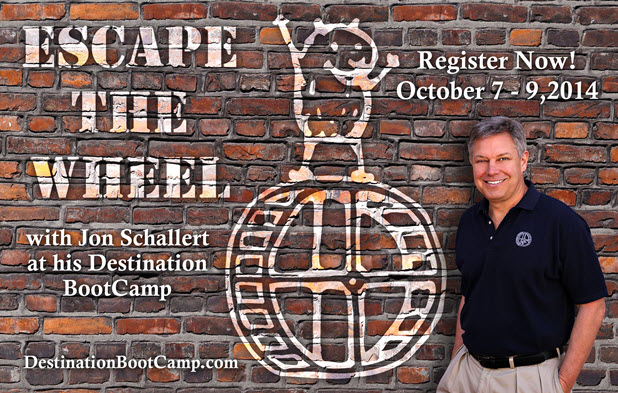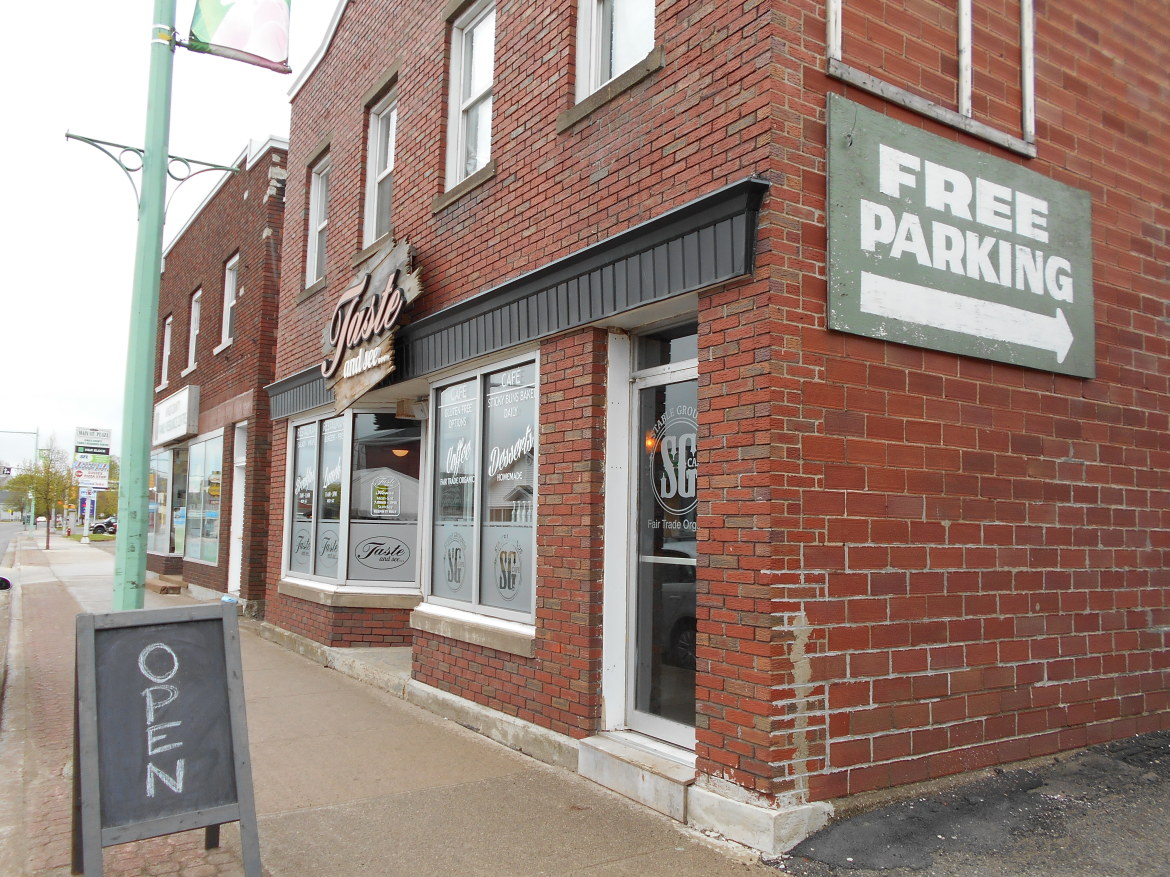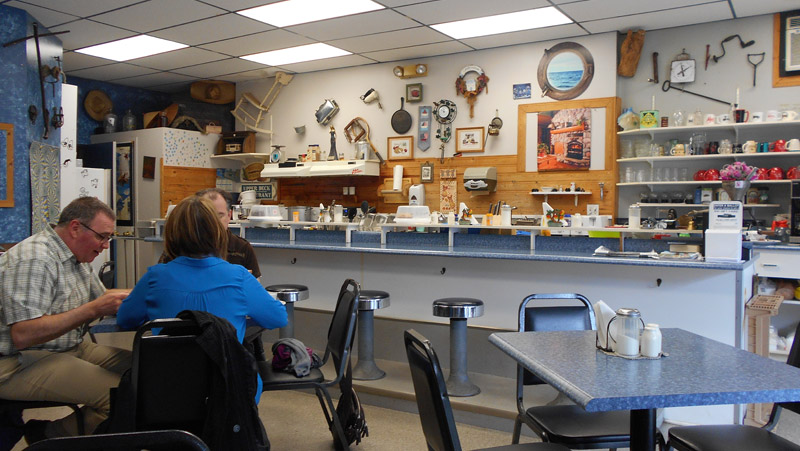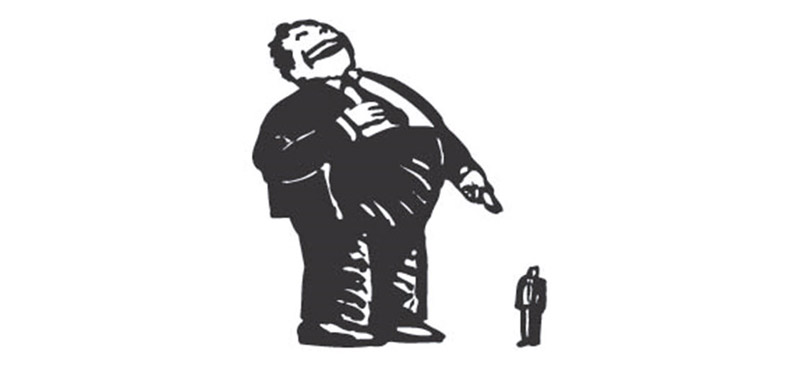Ramping Up Your 4th Quarter Sales
Recently I recorded a new webinar in our studio called “4th Quarter Marketing Strategies to Implement Now”. In the webinar, I covered 18 different tools, techniques, and tips that are critical if you want to grow your customer traffic and sales in the 4th Quarter (the final 3 months of the year).
We’re about half into October, and you might be wondering, “Why is Jon doing a webinar on increasing 4th Quarter sales? Everyone already knows this is important!”
Yes, you’re right. Everyone knows that the last 3 months of the year are critical to the profitability of a small business. But what most people don’t realize is that in today’s economy, consumers are very guarded in their spending. Talk to any small business owner and they will tell you that consumers have become much less willing to make frivolous, impulse purchases on a daily basis. But when it comes to special events, like weddings, birthdays, and holidays, they will open their purses and wallets and run their credit cards up!
Put another way: During the last 3 months of the year, consumers want to spend, and have an almost pent up demand to spend. Consequently, if your business isn’t ready to offer consumers value and market to consumer correctly, you as a business owner are missing out on huge amounts of revenue for your business.
If you’re interested in watching my webinar on “4th Quarter Marketing Strategies to Implement Now”, you’ll want to become a member of Destination University, our online training network. My new webinar is part of the more than 150 webinars recorded by over 50 business authors and experts, and for less than $1 a day, you can join the hundreds of business owners who access Destination University to grow their businesses. To learn how to join Destination University, click here.
But for this blog post, I want to share with you tip #14 from the webinar, how to use the new online local marketing tool called Alignable.
Alignable is the free social network for local businesses, allowing businesses to connect and collaborate easily and grow their marketing reach at the same time. It’s one of the most powerful, easy-to-use tools available to leverage the power of Facebook’s business pages.
Just to be clear, Alignable doesn’t replace the need for a business to use email marketing or social networking tools like Facebook, Twitter, foursquare, or LinkedIn. It works in tandem with these tools and gives you more local marketing power.
To get started using Alignable, just click here (Alignable.com) to jump over and get started.
I’m not going to go into a lot of detail on Alignable here (you’ll pick that up as you’re working with it), but here are some tips to get you started:
Begin with Alignable by setting up your Profile page, which is the first impression that a consumer sees.
Alignable tries to auto-populate as much information as possible by lifting the information directly off your business Facebook page, but there are other details that you have to complete. I’ve found that a big part of creating your Profile is selecting a photo of yourself for the image on your page. Don’t put a logo where your personal photo should go, as people are more likely to want to help a person than a logo. Additionally, there is a large graphic at the top of your Alignable page called a banner and I just used the same image from my Facebook business page (it’s called your Cover photo, that horizontal picture at the top).
But here’s why I’m most jazzed about Alignable for small businesses:
Alignable has a “My Neighborhood Area” where you learn what’s happening in your community and your local business neighborhood and where you can promote your business.
On that page, you can create a business Promotion and broadcast it to the world. It’s really simple to add a title, description, upload an image, and provide a date, and like magic, your Promotion is live.
Now, publicizing a promotion for your business might not seem like a big deal because many of you are posting to Facebook all the time, often with pretty good success. But what makes this Promotion area so powerful in Alignable is that when you upload a photo, headline, and description, Alignable’s software automatically creates a search engine optimized web page.
Think about the 4th Quarter of the year and many businesses use promotions all the time to bring in more customers, but imagine the marketing power those promotions will have if a search engine optimized web page is automatically created, targeting local consumers who are searching for your product, service, or city’s name.
Take this further, and imagine that whenever you launch a Promotion in Alignable, your fellow local businesses that you’ve connected to in Alignable were also sharing your information, and on their own, creating their own search engine optimized promotions.
This is such a powerful tool, I suggest creating a business promotion in Alignable at least once a week, if not more!
If there’s one marketing tool that you should be using this 4th Quarter, it’s Alignable. Get signed up today by clicking here or go to Alignable.com and start connecting with local businesses to boost your marketing reach.
Thanks, everyone!
Jon Schallert

















